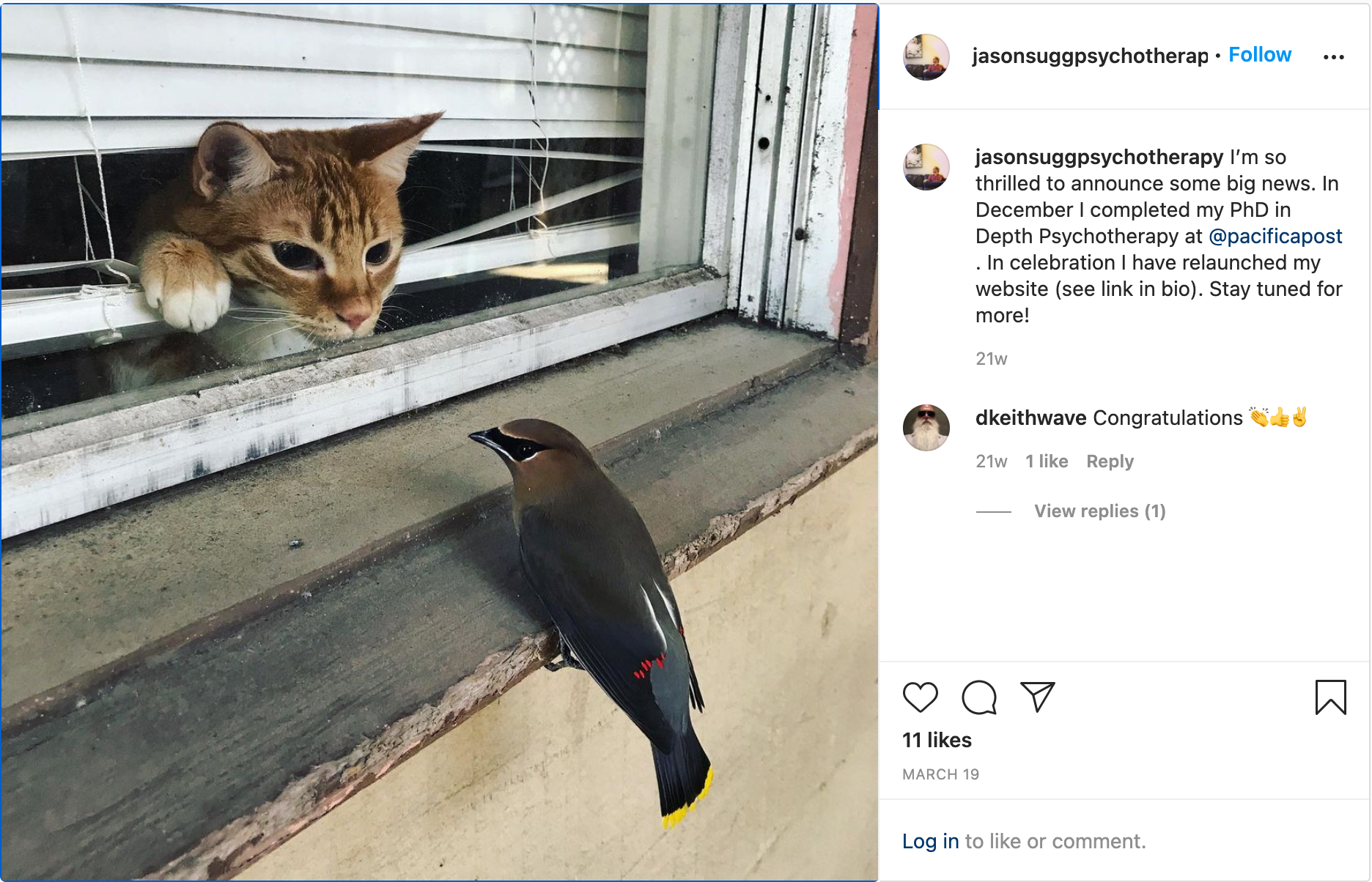Small Graces Mapping a Route of Beauty to the Heart of the World
by Jason Sugg
Submitted in partial fulfilment of the requirements for the degree of
Master of Arts in Counseling Psychology
Pacifica Graduate Institute
14 February 2012
Has a whole section on Participation Mystique and I-Thou.
Well researched.
Below is an enticing quote. The reason I’m attracted to this work is that I think that the very relationships we are discussing here, participatory, with the ego dropped, with heightened awareness of self and other, are also the relationships that are needed between therapist and client, and partners in a relationship. It’s not well grasped: they are vital to knowing each other. We can’t know others at this level of consciousness without participating in the relationship with full role reversal.
Participation and its magic then are not lost, just forgotten, as Travers (1934) implied. They have gone into a hiding of sorts, underlying everything one does, yet usually just out of the grasp of conscious awareness. For most modern people it is only through a conscious effort to reconnect with the senses—both inner and outer—that the world and the individual in it begin to come back to full-bodied life (Abram, 1996, 2010).Abram (1996) described this experience.
When we begin to consciously frequent the wordless dimension of our sensory participations, certain phenomena that have habitually commanded our focus begin to lose their distinctive fascination and to slip toward the background, while hitherto unnoticed or overlooked presences begin to stand forth from the periphery and to engage our awareness. (p. 63)
This kind of conscious participation requires a stepping back from the ego’s will, a deliberate effort to put aside the quick judgments of the mind and just notice what the senses are saying. What often emerges is this sense of participation, what Sardello (2004) called “imaginal sensing. . . . It is as if we smell the silence, touch it, feel its movement” (p. 37). In this moment of wonder the visible world becomes something more “Within our sensing of the visible world, we remember the presence of the invisible world. . . . The depth of life presents itself as an invisible undulating movement. . . . We see the active being of beauty shining through the mundane” (Sardello, 2004, p. 39). Sardello’s language may appear overly enthusiastic until it is placed next to Lévy-Bruhl’s (1922/1923) statement, “To them the things which are unseen cannot be distinguished from the things which are seen. The beings of the unseen world are no less directly present than those of the other; they are more active and more formidable” (p. 61).
All three of these writers (Abram, 2006; Lévy-Bruhl, 1922/1923; Sardello, 2004) included the concept of otherworldly presences or beings who make themselves felt in those moments of deeper connection. This idea should not be taken to mean that there are literally other unseen beings, as the movie cliché would have it, of the type that have been personified through the ages as nymphs, dryads, fairies, and the Ghillie Dhu (Briggs, 2002, p. 284). Rather, instead of seeing the living being in the dead object, this experience is one of seeing the object as a living thing in its own right, “the thing itself as
a center of forces, as another nexus of experience, as an Other” (Abram, 1996, p. 62). This experience reaffirms the link between the visible world of objective observation— the sensible world of the one-way mirror—and the world of inner subjectivity. Abram (1996) connected the two:Once I acknowledge that my own sentience, or subjectivity, does not preclude my visible, tactile, objective existence for others, I find myself forced to acknowledge that any visible, tangible form that meets my gaze may also be an experiencing subject, sensitive and responsive to the beings around it, and to me. (p. 67)
Once one recognizes that any visible form may be an experiencing other, it is not difficult to understand the roots of the ancient notion of Western civilization “that the soul was the form of the body, that is, the form of things present their soul in a material way” (Hillman, 2006b, p. 150).
*
Later — Sunday, 15 August 2021
Found the thesis again and it’s now also in my Psyberspace Media Library.
Added the link to Instagram photos.

